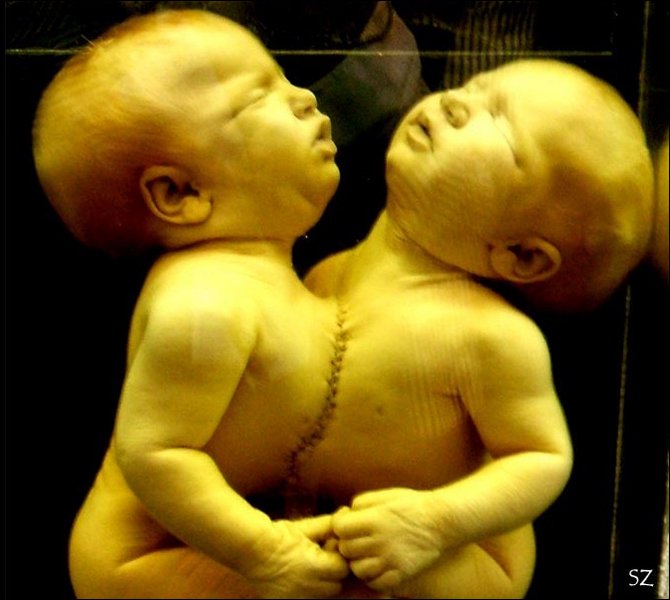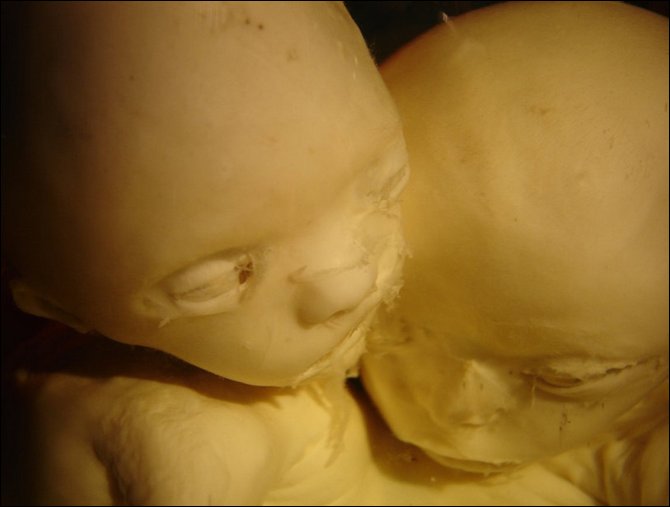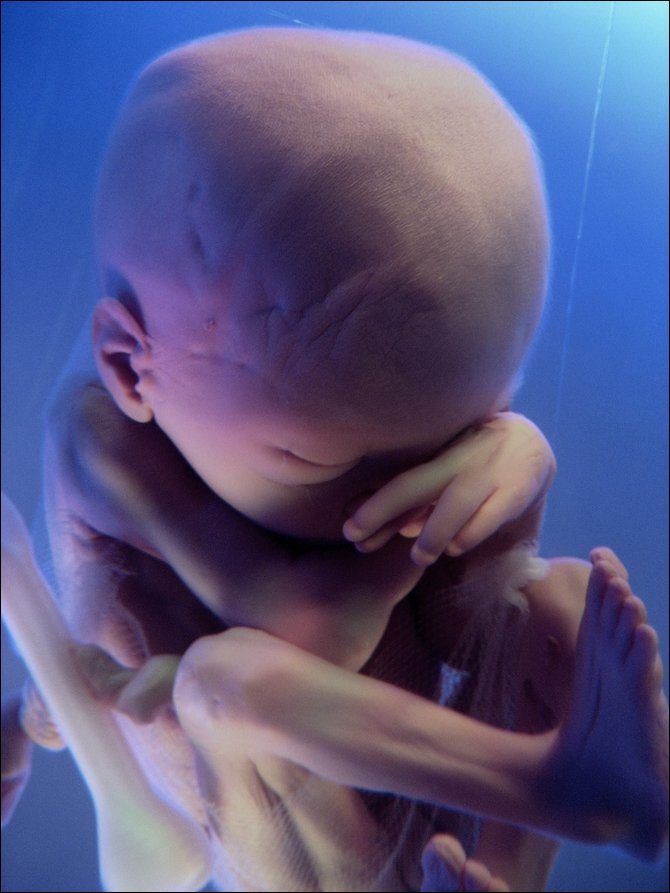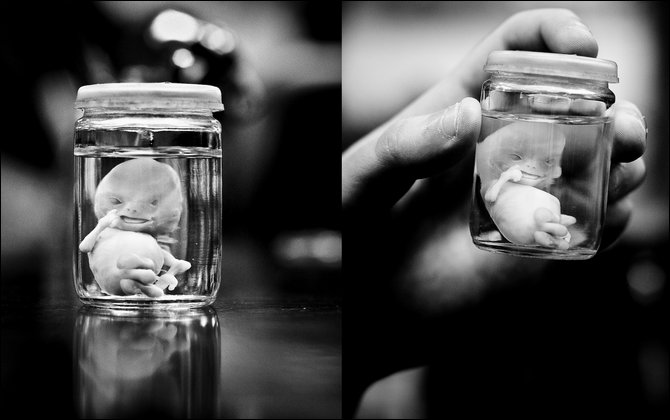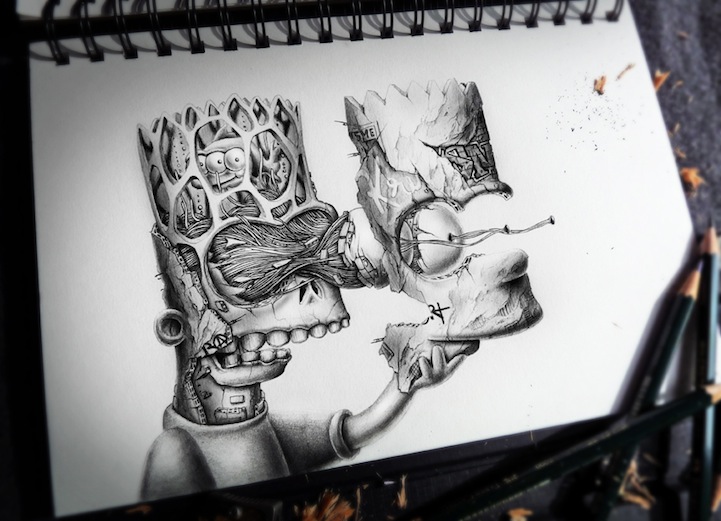The National Museum of Health and Medicine, a division of the Armed Forces Institute of Pathology, was founded as the Army Medical Museum in 1862 to study and improve medical conditions during the American Civil War. The Museum houses a collection of over 24 million items including archival materials, anatomical and pathological specimens, medical instruments and artifacts, and microscope slide-based medical research collections. The collections focus particularly on the history and practice of American medicine, military medicine, and current medical research issues. Today the Museum floor features exhibits on Civil War medicine including artifacts documenting the death of Abraham Lincoln; evolution of the microscope and medical instruments; a hologram of the human body and a computer interactive station of the anatomy allowing visitors to view the human body from a 3-D perspective.
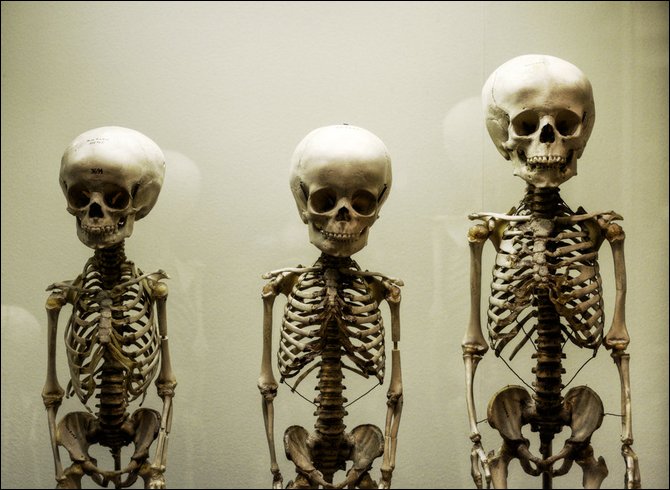
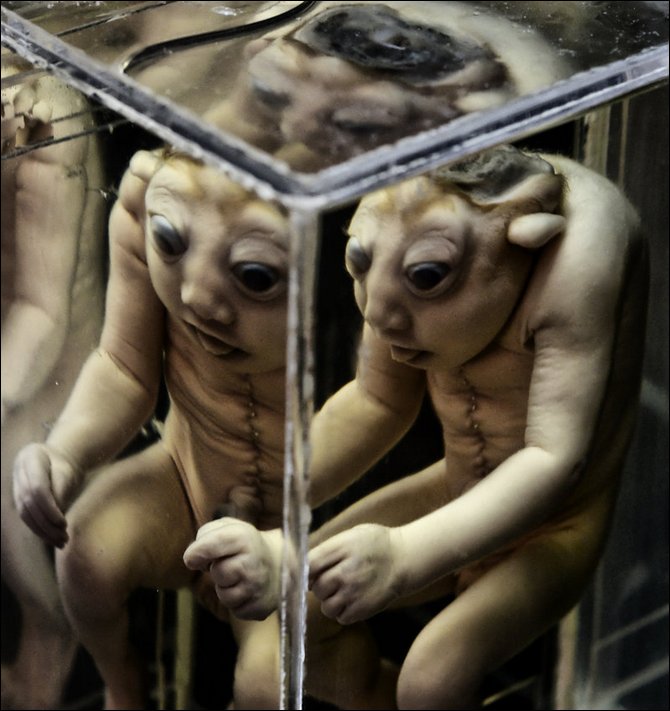
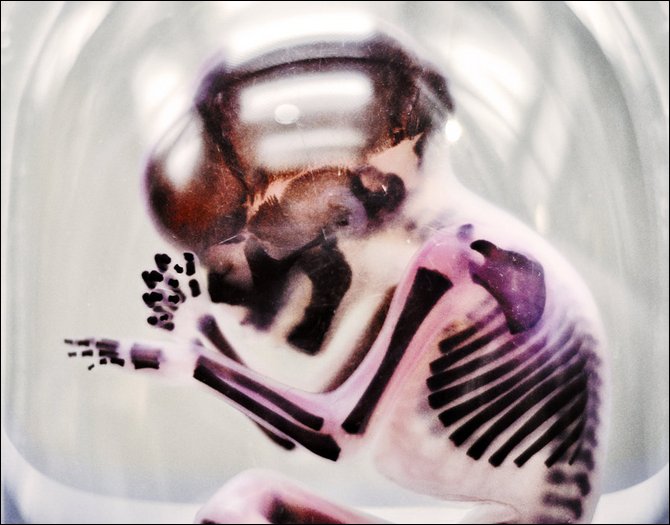

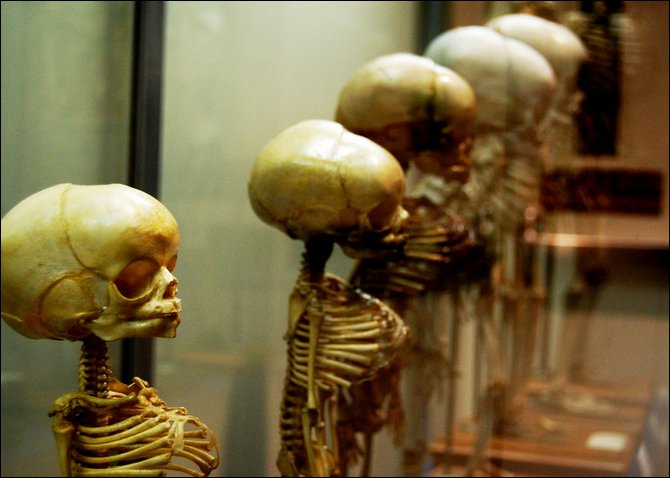
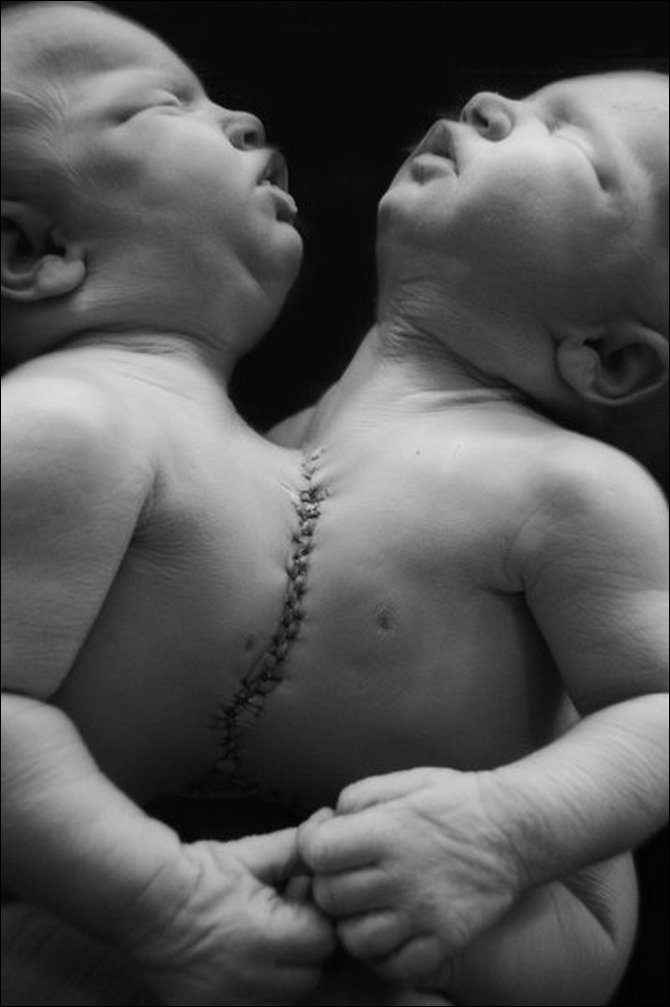
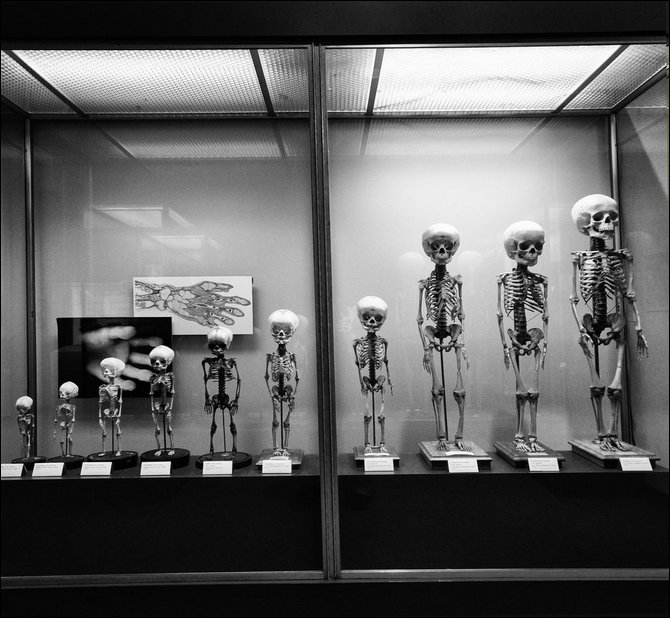
Today, the Anatomical Collections is comprised of four types of materials: anatomical and pathological skeletal specimens; fluid preserved gross anatomical and pathological specimens; medical research collections containing slides, tissue blocks, and related documentary materials; and miscellaneous material. The Anatomical Collections also serves as a repository for historical and medically significant specimens, including remains of Lincoln, Booth, and Garfield. This collection provides a rich source of data for researchers in forensic medicine, anthropology, pathology, paleopathology, and military medicine. Since the Civil War, the collections have formed the basis of hundreds of studies by museum staff, AFIP staff, and outside researchers.

